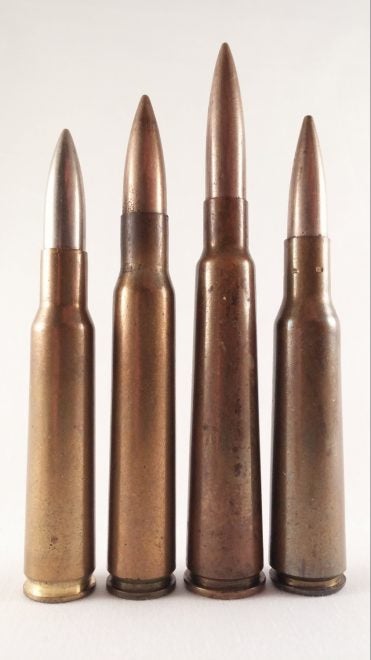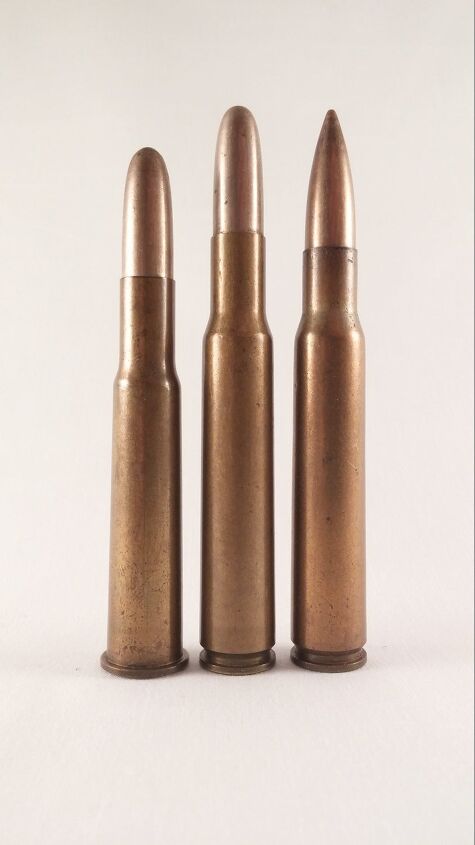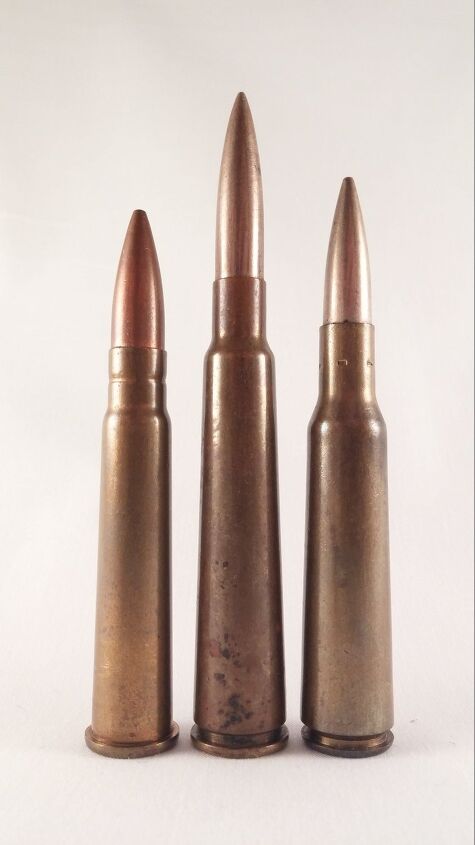The paradigm was established by the 1870s: Future infantry combat would focus on a combination of entrenchment, and long-range concentrated fire from well-drilled units to defeat the enemy beyond his own effective range. The arms race for a smaller-caliber, lighter-weight cartridge accelerated, but it was the Americans and the British that would discover a need for an even higher performance round that could outmatch any fielded by their enemies. Two key conflicts were the Second Boer War, fought between the British Empire on one side and the Transvaal Republic and the Orange Free State on the other, and the Spanish-American War, fought by the United States versus the Kingdom of Spain, most importantly in Cuba and the Philippines. These two conflicts shared one common feature: The opposing sides of each were chiefly armed with advanced quick-loading 7x57mm caliber Mauser rifles, firing high-sectional density 173gr round-nosed bullets at a nearly 350 ft/s muzzle velocity advantage versus the .303 and .30 caliber rounds fired by the British and Americans.
Although the Spanish and Boers lost the conflict, they and their Mauser rifles made a huge impression on their foes. Both the British and Americans set out to develop advanced high-velocity rifle cartridges to replace their extant .30 caliber rounds. The Americans would begin development soon after the conclusion of the Spanish-American War of what became the .30-03 Springfield, a rimless, high-velocity .30 caliber round firing a 220 grain bullet at 2,300 ft/s, equaling the velocity of the long 7mm Mausers, but from the shorter 24″ barrel of the new M1903 rifle. The British would begin a program for a .256 (6.5mm) high velocity rifle, but would eventually create a .276 (7mm) caliber high velocity round that nearly reached adoption, development ended with the beginning of the First World War. A French program to create a high velocity selfloading rifle ended the same way, although their 7mm Meunier cartridge did see some service in that conflict with the A6 Meunier rifle that fired it. The Russians also sought a magnum-power infantry cartridge; Captain Vladimir Fedorov designed a semiautomatic rifle firing a high velocity 6.5mm caliber which never saw service; the rifle was eventually produced in limited numbers as a select-fire weapon in the weaker 6.5x50SR Japanese caliber.
The outbreak of World War I was the end of this line of development. New projectile technologies, and new infantry weapons undid the previous paradigm of long-range infantry rifle fire. The future would be dominated by the larger-caliber, more moderate velocity universal round…
 Your Privacy Choices
Your Privacy Choices


